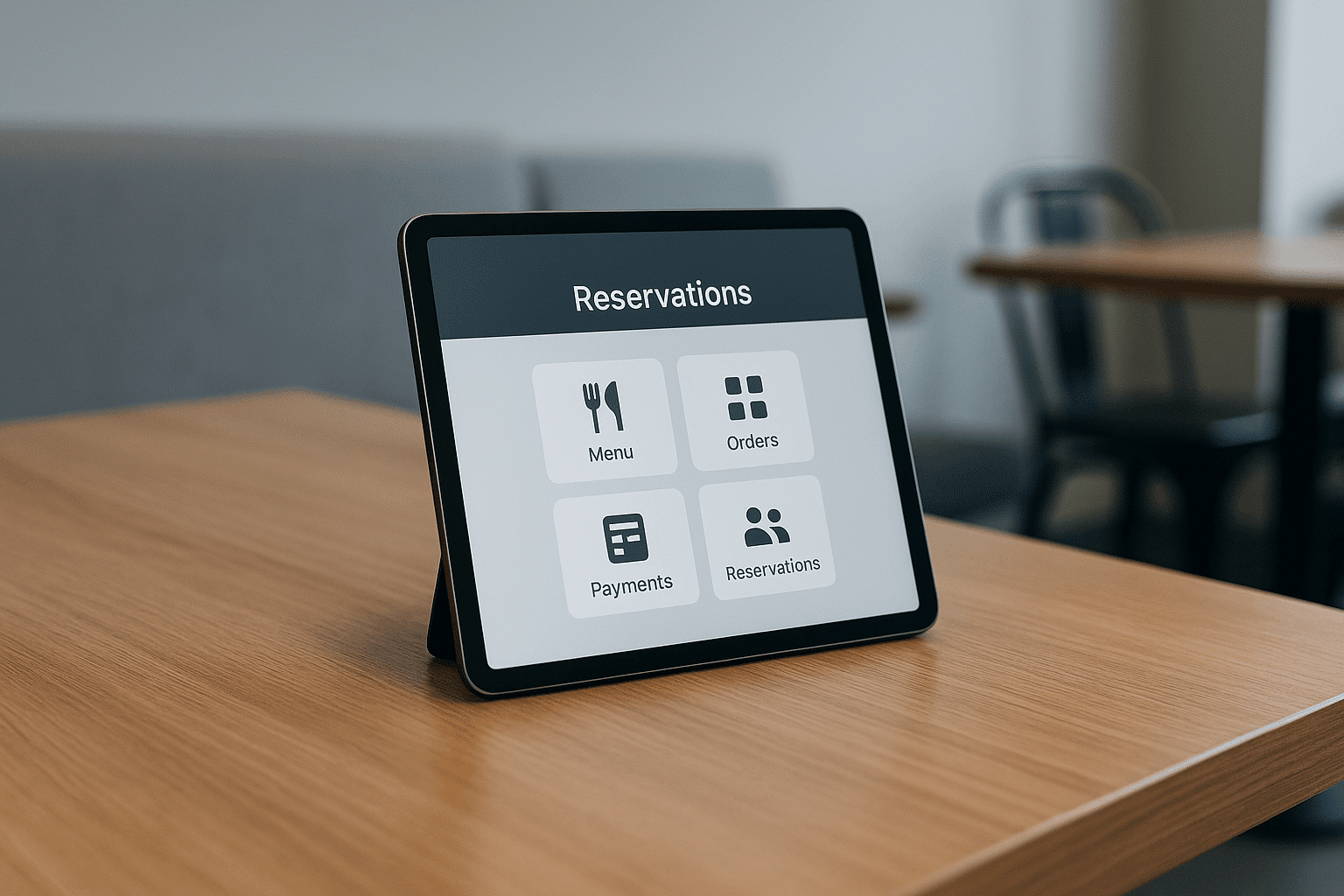Urban dining scenes are vibrant yet chaotic, with restaurants constantly facing the challenge of efficient front-of-house operations. Managing seating, reservations, and table turnover in bustling city environments is no small feat. The introduction of innovative technologies offers promising solutions to streamline these processes and improve customer satisfaction.
The urban restaurant landscape is a whirlwind of activity, with patrons eagerly seeking tables at popular dining spots. As a manager, you understand the intricate dance of maintaining smooth operations amidst the hustle. With increasing customer expectations, the need for effective solutions becomes critical. One such solution that has emerged is the online restaurant pos system. By integrating technology into your operations, you can address some of the most pressing challenges faced by city eateries.
Challenges faced by urban restaurants
In bustling urban environments, managing restaurant seating efficiently can feel like solving a complex puzzle. You are tasked with optimizing every inch of space to accommodate eager diners while minimizing wait times. Popular city dining spots often face the issue of high demand coupled with limited seating capacity. This can lead to long lines and frustrated customers, a scenario every restaurateur strives to avoid.
Reservations present another layer of complexity. Handling numerous booking requests, often for peak dining hours, requires precise coordination. Balancing walk-in guests with reservations can strain your resources if not managed correctly. Additionally, maintaining an optimal table turnover rate is essential to maximizing profits and ensuring customer satisfaction. A slow turnover could mean lost revenue opportunities and unhappy patrons.
These challenges underscore the importance of having a robust system in place to manage operations smoothly. Without efficient strategies, you risk losing customers to competitors who offer a more seamless dining experience. Hence, finding effective solutions to these common issues is paramount for any urban restaurant striving to succeed.
Staff management adds another dimension to these operational challenges. Urban restaurants often experience high employee turnover rates, requiring constant training and adaptation. New staff members need time to learn systems and procedures, which can temporarily impact service efficiency. During peak hours, even experienced teams can become overwhelmed without proper organizational tools and support systems in place. This makes it crucial to implement solutions that are not only effective but also user-friendly and quick to master.
The impact of technology on restaurant operations
Technology plays a pivotal role in transforming how you manage front-of-house operations. An online restaurant pos system serves as a powerful tool to enhance operational efficiency significantly. By automating tasks such as reservations and seating arrangements, technology helps reduce human error and improve service speed.
Through real-time updates and data integration, these systems allow you to make informed decisions quickly. You can track reservation statuses, monitor table occupancy, and adjust staffing levels dynamically based on demand patterns. Such capabilities ensure that your staff remains agile and responsive during peak hours.
The implementation of technology also empowers you to offer personalized experiences for your guests. Collecting data on customer preferences enables tailored services that enhance satisfaction and loyalty. By leveraging these insights, you create an environment where diners feel valued and appreciated, setting your establishment apart from competitors.
Advantages of adopting an online restaurant POS
The adoption of an online restaurant pos system brings numerous benefits that directly impact your establishment’s efficiency and service quality. One significant advantage is the reduction in wait times for customers. By streamlining reservations and seating management, you can accommodate guests more swiftly without sacrificing service standards.
This technology also boosts table turnover rates by optimizing seating arrangements and minimizing downtime between diners. Faster turnover means increased revenue potential as more patrons can be served within a given timeframe. Moreover, it allows your staff to focus on delivering exceptional service rather than being bogged down by administrative tasks.
Incorporating such systems elevates overall dining experiences by ensuring smoother operations and greater consistency in service delivery. As you embrace these advancements, you position your restaurant as a modern establishment capable of meeting the demands of today’s discerning customers. The enhanced efficiency not only improves profitability but also strengthens your reputation within the competitive urban dining market.


